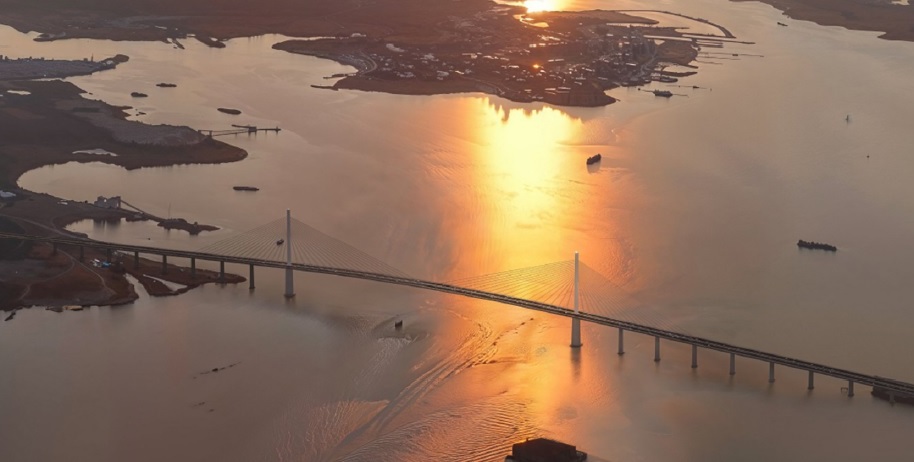Webuild, an Italian contractor, along with its US subsidiary Lane, has proposed designs for a new cable-stayed bridge to replace Baltimore’s Francis Scott Key Bridge, which tragically collapsed in March, resulting in six fatalities. This proposal is being offered free of charge to the relevant authorities in a gesture of solidarity and friendship with the United States.
The preliminary design for the bridge was formulated in collaboration with architect Carlo Ratti, a professor at MIT, and French structural engineer Michel Virlogeux, known for his work on notable bridges such as the Vasco da Gama Bridge in Lisbon and the Millau Viaduct in France.
Pietro Salini, the CEO of Webuild, expressed readiness to swiftly restore this vital bridge for local mobility, recognizing its significance for over 1.4 million residents and countless commuters. He highlighted Webuild’s past involvement in rebuilding the Genoa Bridge in Italy after its collapse in 2018, emphasizing their commitment to contributing expertise and resources in times of crisis.
Italians Offer Proposal for Replacement of Baltimore Bridge (Credits: WTOP)
Webuild’s proposal features a cable-stayed bridge designed to enhance safety for navigation, accommodating larger ships with a clearance of 213 feet (65 meters) and a span of approximately 2,300 feet (700 meters). This design places the main pylons in shallower water, away from the navigation channel, and includes a wider carriageway with additional lanes and emergency lanes to accommodate increased traffic levels.
Carlo Ratti emphasized the benefits of the cable-stayed solution, which allows for safer positioning of piles away from the navigation channel, thereby mitigating the risk of future tragedies. He also underscored the bridge’s role in fostering social and economic connectivity, aligning with the goals of modern American infrastructure in the 21st century.
